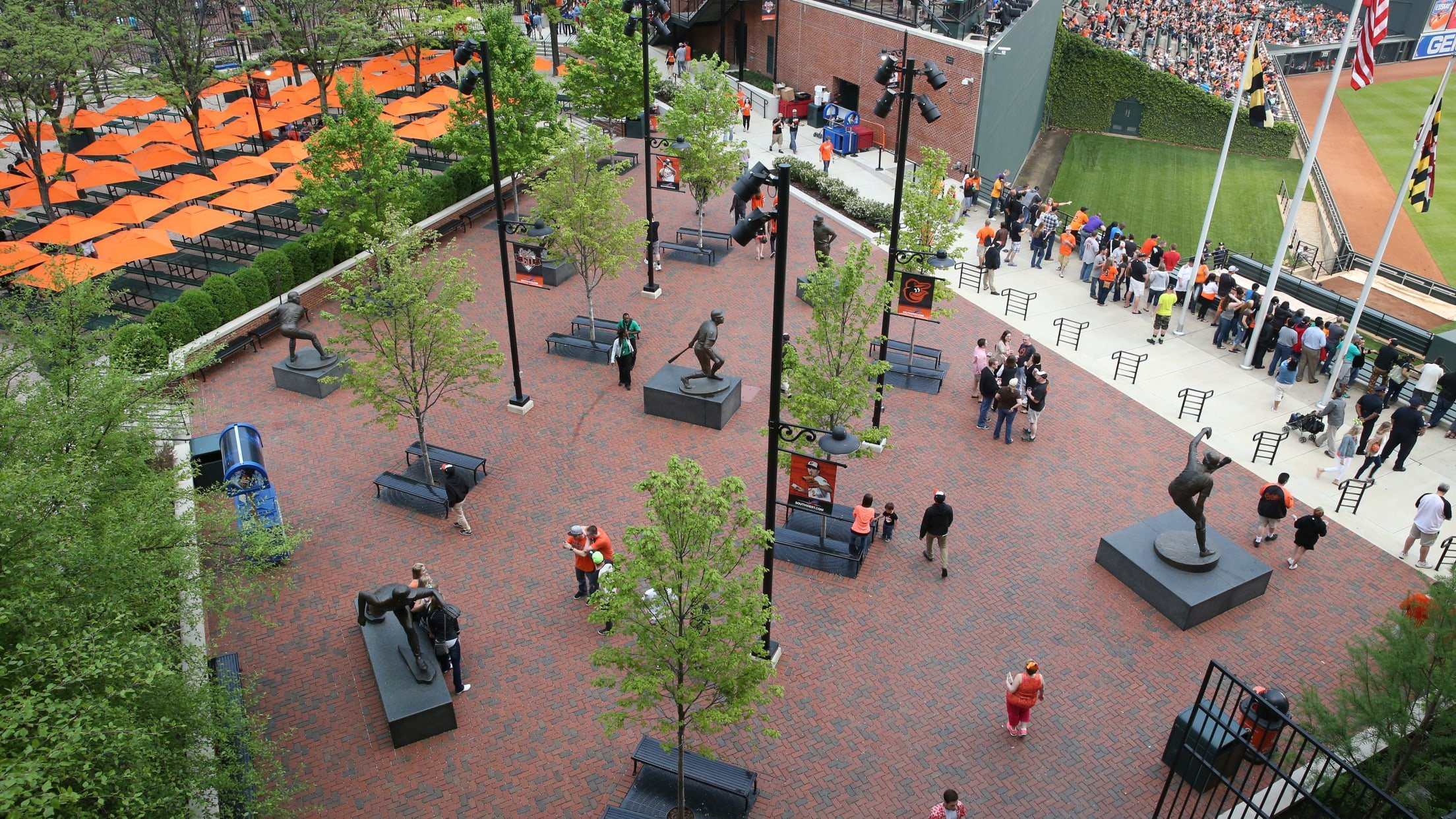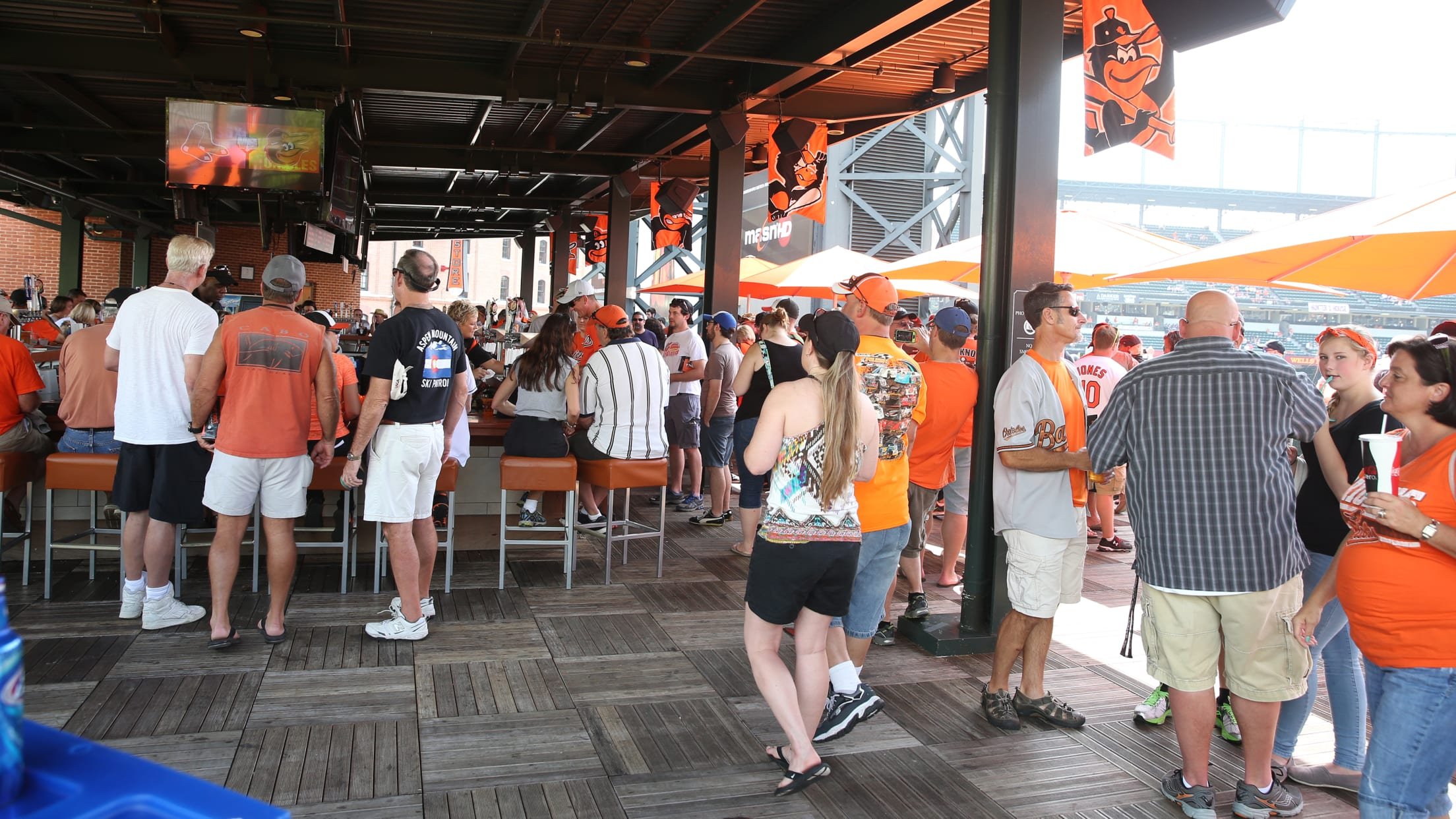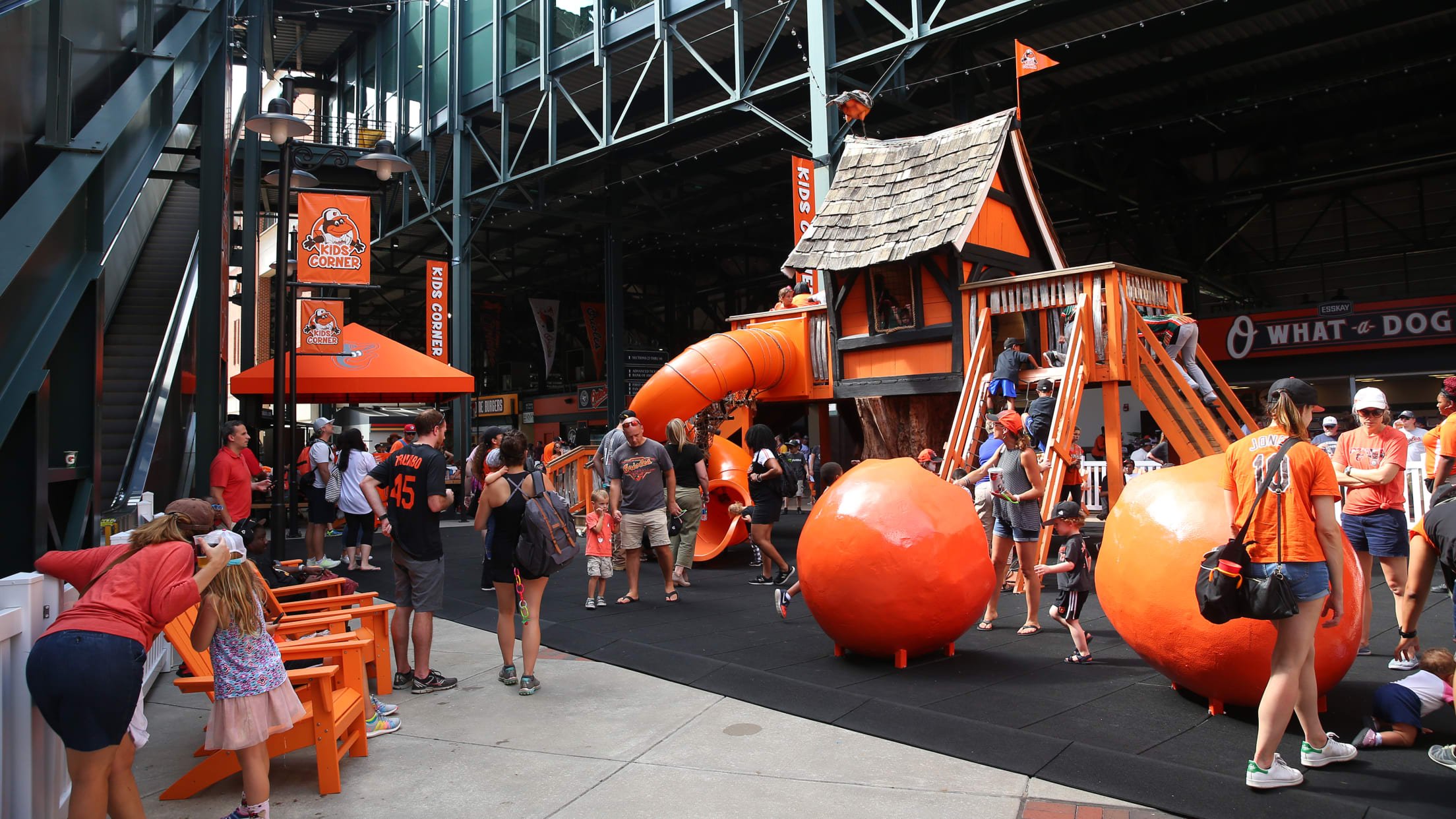Swinging for the Fences
Baseball's Playbook for Stadium Agility
When you think about agility and baseball, you may automatically think of a 6-4-3 double play, an outfielder snatching a ball from the air moments before it leaves the field, or a player sliding into home. However, baseball’s agility extends beyond the field to marketing strategies, game experience, and stadium designs.
Declining attendance, declining viewership, and fan feedback led Major League Baseball (MLB) to change the rules of the game. Changes were made before the 2023 season to entice fans who were asking for a faster-paced, shorter game. A pitch clock was added, reducing the downtime between pitches. Other changes, including defensive shift limits and bigger bases, were aimed at increasing the pace of play and action. It appears to have worked. MLB games were 31 minutes shorter in 2023 compared to 2021, down to 2:39 from 3:10. Games were 24 minutes shorter compared to 2022. Attendance at MLB games jumped by 9.2% in 2023, the biggest year-over-year jump since 1998. Viewership of MLB on regional sports networks increased 7% in 2023.
Teams recognize that the game experience is more than the action on the field. Teams are envisioning approaches to attract a new wave of guests. New stadiums are smaller, inviting a more intimate experience. The proliferation of all-inclusive and subscription-based ticket plans alters how fans engage with the game experience. Food and beverage options go far beyond traditional offers. It appears to be working, at least in the short term. Lee Igel, Clinical Professor at the NYU Tisch Institute for Global Sport, says, “Even with the games being reduced in time by about a half-hour, reports from MLB have it that fans are staying in and around the ballparks for at least the same amount of time as they did in the past, which has something to recommend for food and beverage and retail. It's still too early to tell where that falls on the fine line between experience and engagement. Are fans going to a game enjoying themselves and being swept up in the event, or are they really connecting in a much deeper, longer-term way?”
The St. Louis Cardinals consistently rank near the top of the league in attendance. St. Louis is a mid-size market with a stadium that seats more than 43,000. With 81 home games in a regular season, that’s a lot of tickets to sell. Joe Strohm, VP of Ticket Sales for the St. Louis Cardinals, says, “Baseball 20 years ago was primarily focused on the product on the field. If you were a hardcore fan, the stadium experience was fine, but there was no marketing toward the more casual fan. Now, we try to market to those who are hardcore but also to folks who aren’t even fans of the game but want a nice, entertaining evening. We’ve adapted to carve out spaces in the ballpark that cater to those fans, upped the entertainment aspect, and invited new fans into the stadium.”
Celebrating 30 Years at Oriole Park at Camden Yards



Many stadiums are leaning into communal areas.
Think of a bar atmosphere inside the stadium rather than traditional stadium seating. Igel explains, “Most, if not all, of it at the MLB level traces to the development of Oriole Park at Camden Yards in Baltimore, which recently celebrated its 30th anniversary. Summoning the nostalgia and warmth of early baseball stadiums, combining that with modern amenities, and locating and integrating it in a widely accessible part of the city was an innovation. A big reason why it worked is that design elements like communal areas started and followed through with social impacts and community benefits— not economic impacts and financial returns—for core fans top-of-mind. The Orioles' leadership understood who those fans were and what they considered valuable. From there, core fans who experienced the ballpark and raved about it led more casual sets of fans to want to get in on the experience.”
The Cardinals removed 1,000 seats to open the Budweiser Terrace in 2018. The terrace has a view of the field but no assigned seating. Strohm says, “We took an area with underutilized inventory and made it a must-go place on game days. People want to hang out there.” The terrace can resemble a happy hour atmosphere, but its appeal extends beyond the bar crowd. “Our target market was younger generations, but we’ve been surprised at how multigenerational it’s been. Families with kids, empty nesters, teens, and people in their 20s are all attracted to this area. It’s multidimensional and has transformed the ballpark experience,” Strohm explains.
It can be a delicate balance. While these spaces cater to a more casual fan base, Igel sees a need for some caution, “Is that developing a fan of the team or developing a patron of the ‘in’ place to be? It's tough to have it both ways. We saw this, for example, when some venues made renovations to areas that would be more appealing for fans to create content for Instagram, TikTok, and other social media platforms. That can be great for viral moments, likes, and ‘eyeballs,’ but are you creating a fan for the long haul or a fan for the moment? It's one thing if your primary objective is focused on developing a fan and your supporting objective is developing a space. It's something else entirely if you have those objectives flipped.”
Food and beverage consistently rate at the top of the motivation list for attractions guests. While hotdogs, nachos, and beer staples remain, stadiums have transformed their food and beverage offerings into diverse options, including Churro dogs, skyline chili cheese coneys, and walleye. All-inclusive areas are stepping up to offer pasta, stone-fired pizza, salads, and more. Strohm has seen the benefits: “Casual fans are coming to have a good time with a good meal. The food and beverage at Busch Stadium compete against any restaurant in town.”
Teams have also experimented with flexible pricing. Strohm explains, “Since introducing dynamic pricing in 2011, we’ve found that the majority of games' prices are cheaper, with over 88% of games having tickets at $10 or less. We find families attending more games because of the affordable price points. We’re able to fill more seats and earn revenue from food, beverage, and retail.”
Like other attractions, baseball stadiums need to be responsive and adaptable to the ever-changing landscape of entertainment and fan expectations. Agility ensures that the stadium remains a vibrant and appealing destination for fans. Teams must balance the cost of renovations and improvements with the potential result. Igel asks, “Is what used to be a novelty now a necessity? If the answer is ‘Yes,’ what does it mean to your core fans and what they really consider value?”
MLB is making more rule changes for the 2024 season to further improve the pace of play. Stadiums continue to renovate spaces and tickets continue to change. Strohm says, “We’re trying to create memories at the ballpark. The way those memories are made continues to evolve. Teams will continue to adjust their facilities. We’re creating a place where we welcome everyone, and everyone can have a good time. The game experience team can’t control if the team wins or loses, but we can control the experience and entertainment. At the end of the day, if the fans say they’ve had fun, we’ve accomplished our goals.”
Looking further ahead, Igel says, “Everything in and around stadiums is now more social than economic. Social impacts and community benefits drive economic impacts and financial returns. That is a flip on the business model that shaped sports into the industry that it is today. Put another way, thirty years ago, it was ‘It's the economy, stupid.’ For the past decade or so, it's been ‘It's the society, stupid.’ Visitors to stadiums have always anticipated being in the venues as part of belonging to a community. It's now more significant than in the past, especially as we see increasing rates—an epidemic, really—of loneliness across the U.S. population. Stadium experiences are evolving—and going to have to continue evolving—around that sense of community. And stadium owners and operators are going to have to build it genuinely if they are serious about bringing in fans more often than just a one-off visit.”
Reinvention is more fun with friends. Got a topic you want to see on Destinology?
Email us at destinology@pgav.com or start a conversation on Facebook, Twitter on LinkedIn.
Tap the buttons below.





